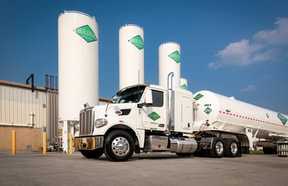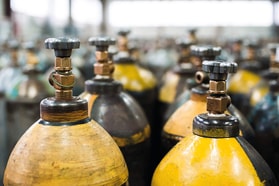Oxygen – The breath of life
The old saying ‘Familiarity breeds contempt’ has dangerous implications for users of oxygen unless safety rules are rigorously applied. Oxygen is widely known to be the component of air that supports all aerobic life forms, but can represent a very grave safety hazard if handled carelessly or with negligence.
It is important to understand that oxygen behaves very differently to air, compressed air, nitrogen and other inert gases because when concentrated in its pure form it becomes far more reactive. In our familiar atmospheric environment, with an oxygen concentration of around 21%, materials such as fabric, wood, plastic, paint, oil and wax are flammable but are generally not considered to be particularly dangerous.
The reason is that the other constituents of air, making up the balance of 79%, are chemically inert under ambient conditions and therefore we are able to exist without the constant risk of fire or explosion.
Oxygen is widely transported in steel cylinders, through which it is stored under pressure of up to 300kPa in order to enable a useful quantity to be contained in the cylinder. For use, the oxygen is released from the cylinder by opening the cylinder valve that allows oxygen gas to flow safely through the pressure regulator at reduced pressure, as required by the application.
... to continue reading you must be subscribed









